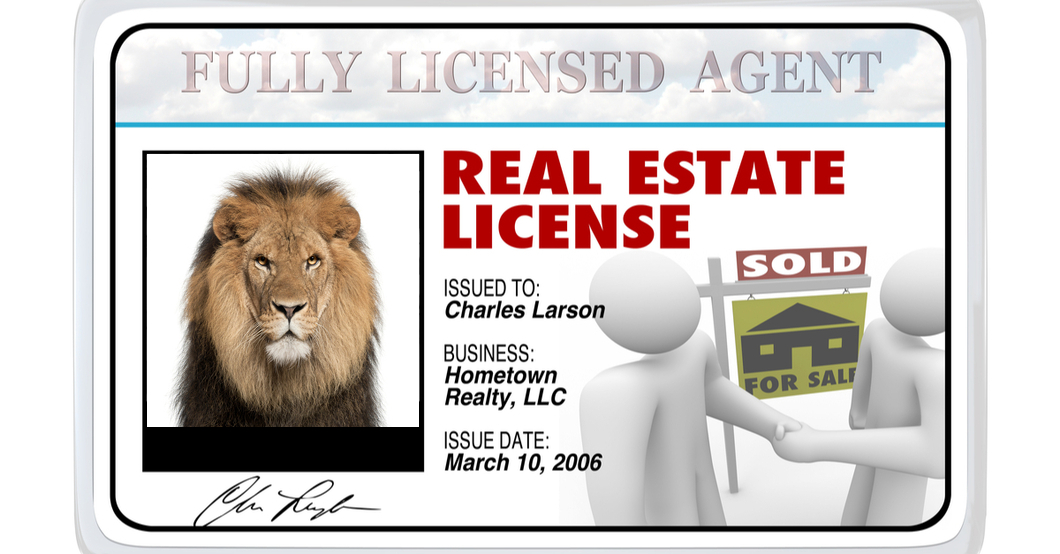Search. Do not opt for the first lending institution that pre-approves you for a home mortgage, as you might pay more than you need to in interest and home loan insurance coverage. You ought to compare at least three different lenders prior to making a choice. Try to increase your down payment to at least 20 percent in order to decrease your month-to-month payments in the long run. Or, you might purchase a less costly home. Think about other types of loans. Yes, standard loans are the most popular but there are many other alternatives, such as FHA and VA loans that could be better for you. When you have an exclusive contract with a real estate agent. To read more about PMI and other requirements of funding a home, contact the specialists at Berkshire Hathaway.
Personal mortgage insurance coverage (PMI) safeguards the loan provider in case you default on your home mortgage payments and your house isn't worth enough to completely pay back the lending institution through a foreclosure sale. Unfortunately, you pay the bill for the premiums, and lenders often require PMI for loans where the deposit is less than 20%. They include the cost to your home mortgage payment monthly, in an amount based on just how much you have actually obtained. The bright side is that PMI can normally be canceled after your house's value has actually risen enough to offer you 20% to 25% equity in your house.
The Act says that you can ask that your PMI be canceled when you've paid down your home mortgage to 80% of the loan, if you have an excellent record of payment and compliance with the terms of your mortgage, you make a written demand, and you reveal that the worth of the property hasn't gone down, nor have you overloaded it with liens (such as a second home loan). If you fulfill all these conditions, the lender needs to approve your request to cancel the PMI. What's more, when you have actually paid for your home mortgage to 78% of the initial loan, the law states that the lender must automatically cancel your PMI.
Unfortunately, it may take years to get to this point. Thanks to the marvels of amortization, your schedule of payments is front-loaded so that you're primarily settling the interest at first. Even if you haven't paid for your mortgage to among these legal limits, you can begin trying to get your PMI canceled as soon as you think that your equity in your house or your home's worth has increased significantly, maybe due to the fact that your house's worth has risen along with other local houses or due to the fact that you have actually redesigned. Such value-based increases in equity are harder to show to your lending institution, and some loan providers require you to wait a minimum time (around two years) prior to they will approve cancellation of PMI on this basis.

You'll probably requirement to: It's best to compose a letter to your home loan lender, officially requesting guidelines. Your lending institution may require an appraisal even if you're requesting a cancellation based on your lots of payments, since the loan provider needs reassurance that the house hasn't declined in worth. Although you'll generally pay the appraiser's costs, it's best to utilize an appraiser whom your lender suggests and whose findings the lender will for that reason respect. (Note: Your tax evaluation might reveal an entirely different worth from the appraiser's-- do not be worried, tax assessments frequently lag behind, and the tax assessor will not see the appraiser's report, thank goodness.) This is a simple computation-- just divide your loan quantity by your house's worth, to get a figure that must remain in decimal points.

8, or 80%. Most lending institutions need that your LTV ratio be 80% or lower before they will cancel your PMI. Keep in mind: Some loan providers reveal the percentage in reverse, needing at least 20% equity in the property, for example. When your LTV ratio reaches 78% based on the original value of your house, keep in mind that the Property owners' Security Act might require your lender to cancel your PMI without your asking. If the loan to value ratio is at the percentage needed by your lending institution, follow the lender's stated treatments for requesting a PMI cancellation. Anticipate to have to write another letter with your request, mentioning your house's existing value and your staying debt quantity, and including a copy of the appraisal report.
Nevertheless, many home purchasers discover their loan providers to be frustratingly sluggish to wake up and cancel the protection. The fact that they'll have to hang around examining your declare no instant gain which the insurance coverage company might likewise drag its feet are probably contributing elements. If your lender declines, or is slow to act upon your PMI cancellation request, compose respectful however firm letters asking for action. What does contingent in real estate mean. Such letters are important not only to prod the loan provider into movement, however to work as proof if you're later required to take the loan provider to court. You can likewise send a complaint online to the Customer Finance Defense Bureau (CFPB).